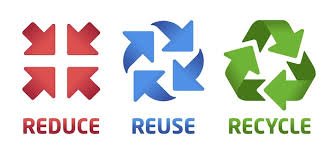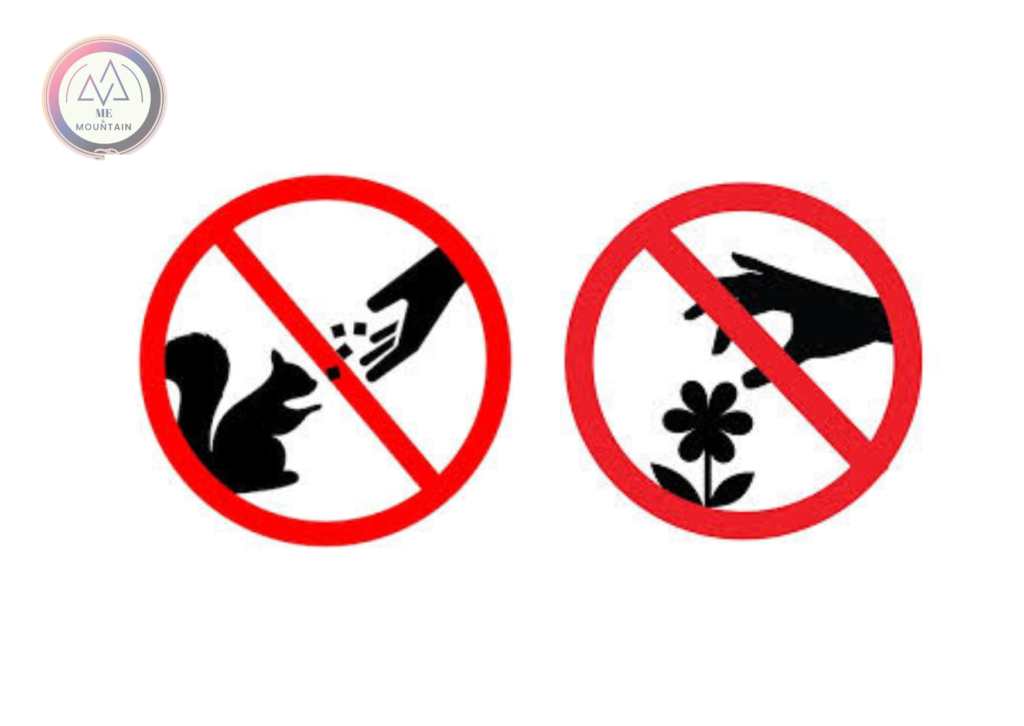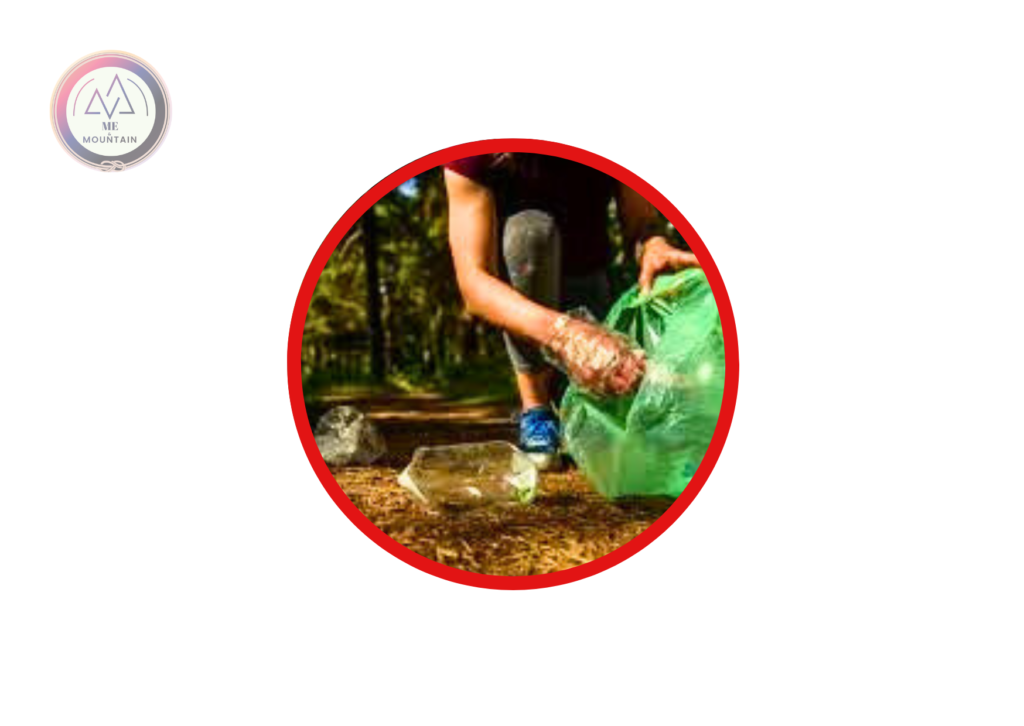Lately we have been hearing a lot about sustainability of environment and we must have been contributing towards it in our daily lives. We need to focus even more on the environmental sustainability while on the mountains because the mountain have even more fragile ecosystem than the plains.
What is sustainability?
Sustainability is the practice of using the natural resources responsibly, so that they can support the present as well as the future generations.
It involves 3 R’s: Reduce, Reuse, Recycle
Reduce: Reduce the consumption which results in reduction in waste production. Any waste needs to be either burnt down or send to landfills. Both are harmful for the environment. Burning leads to air pollution, greenhouse effect & global warming. Landfills find way to soil pollution & water pollution. Many landfill waste don’t decompose even after several hundreds of years.
Reuse: Either use your old things several times before disposing (by repairing) or give off the old things to someone rather than throwing them off.
Recycle: Segregate the recyclable items for the proper disposal so that they can be recycled.
Why are the mountains more fragile?
The mountains are colder than the plains due to which anything decompose slower than that in the plains. Even the biodegradable items takes several years to degrade.
Here is a summary to let you know roughly how much time it takes for these things to degrade on the mountains:
Banana/Orange peels: 1-3 years
Tissue papers: 1-5 years
Chewing gums: 3-5 years
Cigarette butts: 10-15 years
Plastic bags: 100-200 years
Plastic bottles: 500-1000 years
Aluminium cans: 50-500 years
Aluminium foils: 200-400 years
The mountains are very vulnerable to the climatic change which in turn disrupts the vegetation, wildlife and other ecosystems like glaciers.
Many mountains are still not stable & prone to the natural disasters due to ill-planned human interference (deforestation, dams, mining, highways, building construction).
The challenging transport system makes the resources limited on the mountains. Vice versa it’s difficult to get back the waste produced on the mountains even if it’s recyclable.
10 tips for Sustainable trekking:
(framed by Me & Mountain to educate all the trekkers)
- Thrash back policy

Every tiny piece of garbage need to be carried back to the city for the segregation & proper disposal. Be it- toffee wrappers, namkeen/chips empty packets, single use plastic water bottles, empty cans, empty medicine foils, used batteries, used tissue papers, used sanitary napkins, banana/orange peels, apple/fig cores. Even if you find garbage bins on the mountains try carrying your thrash back to the city as much as possible because although there are garbage bins on the mountains, the waste management systems are not adequate to collect, segregate & treat all those load of waste of the trekkers & the tourists.
2. Carrying reusable water bottles & tiffin boxes


Reduce usage of single use plastic bottles instead use reusable water bottles which you can refill at the campsites or directly from the fresh streams on the trails. Many a times you will need to carry packed lunch on the treks. Carry your own tiffin box for carrying packed lunch rather than insisting to get them packed in the aluminium foils & containers.
3. Avoiding packaged food items from locals

When on the mountains purchase local cuisine where ever possible, instead of the packaged food items like noodles, breads, pasta. The empty packets of these packed food items get dumped on the mountains itself rather than being carried all the way to the cities for the segregation. Stop this ‘Demand & Supply’ chain by stopping the culture of ‘Maggi’ on the mountains.
4. Saying NO to wet tissue papers

Wet tissue papers contain microfibers which are not biodegradable. Refrain from using even those wet tissue papers labelled as biodegradable because how much ever biodegradable an item is on the plains, they stays longer on the mountains. Use water if you can’t leave without a wet cleansing process. For those who desperately need wet cleansing after the nature’s call there are portable travel bidet available in the market.
5. Always follow the trail

The trails are created by clearing the vegetation by persistent walking on those grounds so follow them. Walking off trail will disrupt the ecosystem as you trample the plants, the tiny organisms & the animal’s habitats. When giving way to your fellow trekkers step aside on the trail itself rather than jumping on the vegetation.
6. Reduce, Reuse, Recycle the trekking gears

Purchase good quality & durable trekking gears so that you don’t have to replace them frequently, creating the waste every time you discard the old ones. Handle your trekking equipment carefully so that they last longer. By these measures one not only save on the expenses but also save the environment. It’s better to invest little more in the beginning rather than investing every year & creating unnecessary waste.
7. Don’t interfere with Wildlife or Mountain Flora

It isn’t as humane as it looks like when you feed the wildlife on the mountains. Frequent feeds from the humans change the natural behaviour of the wildlife including health hazards and the loss of fear for the humans, leading to the human-wildlife conflicts. How much ever beautiful a wild flower looks like or even if you find a certain plant unique or fascinating never pluck them. Wild flowers are important for pollination. Click the photographs of these mountain flaura & fauna to be preserved as a memory.
8. Don’t burn the firewood

Sitting by the campfire might complete your idea of trekking & camping, but not on the mountains. Keep this for your leisure vacation in the plains. Firewood doesn’t only involve cutting down of trees as a part or whole but also lead to air pollution. Another concern is the forest fire, which once started can be out of control destroying the ecosystem for several years.
9. Don’t pollute the water source

Use the water source on the mountains sensibly and follow certain etiquettes to keep them clean. Refrain from swimming or taking bath in them. Many lakes on the mountains are prohibited by the authorities to take a dip or swim, respect & follow the rules. Don’t let the soap water drain in these water sources. Do not urinate or wash after the nature’s call anywhere closer to the water source. These may contaminate the water source.
10. Educate others

Once you have learnt & following the trekking etiquettes, spread the knowledge & educate your fellow trekkers. Many don’t follow them despite being aware, so set an example by converting these teachings into action. Inculcate these habits in your life even when in the city & encourage everyone around you to follow the Sustainable lifestyle.

[…] 10 Tips for Sustainable Trekking […]